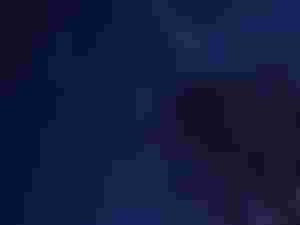Like the Eta Aquarids, the Orionid meteor shower is a result of Halley's Comet. In 2020 the Orionids will top the evening of Oct. 20, with paces of around 10-20 meteors for each hour.

The moon won't meddle on the grounds that it will be in a sickle stage (about 23% full) and will plunge underneath the skyline before the shower fires up.
This medium-quality shower can upheaval and arrive at higher rates, yet the Orionid meteor shower has created "low to average presentations" as of late, as indicated by AMS.
These meteors should start to show up around 12 PM nearby time, Cooke said.
Orionids are named for their brilliant close to the heavenly body Orion, which is one of the simpler star groupings to spot with the three stars that make up it's "belt." While you're seeing Orion, look at the red star Betelgeuse — it's been darkening in the course of the most recent couple of months, and the galactic network has been observing it intently in the function the diminishing is a forerunner to a supernova.
Source: space.com
Image source: theindependent.co.uk
Thank you for reading!


